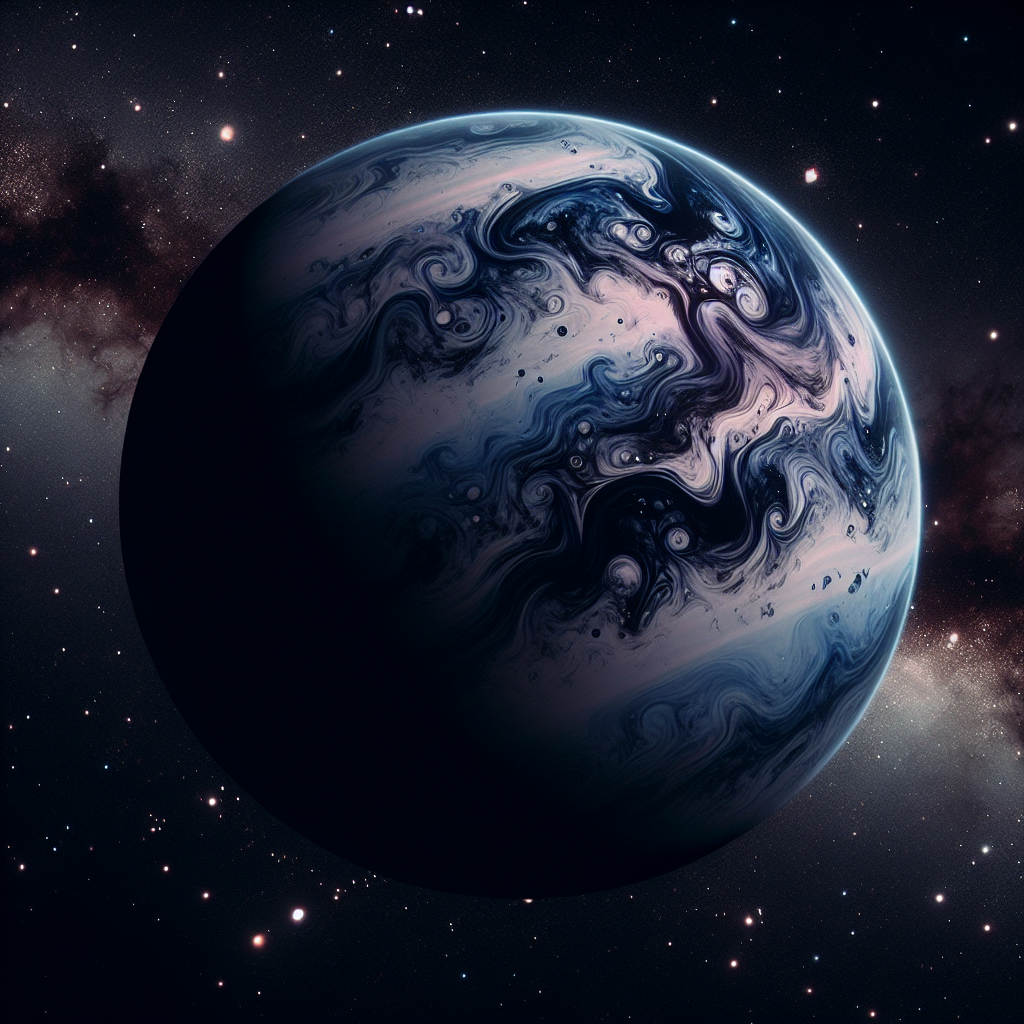Understanding Rogue Planets
Rogue planets, also known as free-floating planets, are intriguing celestial objects that travel through the galaxy without being gravitationally bound to any star. Unlike the planets in our solar system, which orbit the Sun, rogue planets drift through interstellar space, presenting a fascinating mystery in astronomical studies.
The Formation of Rogue Planets
The origins of rogue planets are not entirely understood, but astronomers propose several theories. One prevalent theory suggests that these planets form in a protoplanetary disk around a star, similar to how Earth and its neighboring planets originated. However, through dynamic interactions and the gravitational influence of other massive bodies within the system, these planets are ejected from their original orbits and sent adrift into the cosmos.
Gravitational Ejection and Other Theories
Gravitational disturbances are a significant factor in the creation of rogue planets. Larger planets or passing stars can disrupt the stable orbit of a developing planet within a young solar system, catapulting it into space. Another hypothesis posits that rogue planets could form in isolation within a star-forming cloud, though this scenario might be less common.
Insights from Simulations
Computer simulations of star systems offer valuable insights into how dynamic interactions can lead to the ejection of planets. These models show that the chaotic early periods of star system formation often result in one or more planets being expelled into interstellar space.
Characteristics and Detection
Detecting rogue planets presents significant challenges due to their lack of a luminous star. However, techniques such as gravitational microlensing—where the light from a distant star is momentarily focused by the gravity of a rogue planet passing between the star and Earth—provide opportunities for discovery. Observations from projects like the Wide-field Infrared Survey Explorer (WISE) have identified several potential rogue planets this way.
Life in the Darkness?
One of the most captivating questions about rogue planets involves the possibility of life. Without a star to provide light and warmth, any potential life on these planets would have to survive under extreme and dark conditions. Some scientists speculate that subsurface oceans heated by planetary core activity could potentially harbor life.
Implications for Astronomy and Philosophy
The study of rogue planets not only expands our understanding of planetary formation and dynamics but also challenges our philosophical perceptions of what makes a planet suitable for life. These wandering planets remind us of the vastness and variety of the universe, pushing the boundaries of where life might exist.
Conclusion: The Ongoing Enigma
The origins of rogue planets continue to be an area of active research and debate within the scientific community. Each discovery adds a piece to the puzzle, gradually unveiling the nature of these enigmatic wanderers of the cosmos. As technology advances, so too will our ability to detect and understand these elusive worlds, possibly reshaping our view of the universe and our place within it.


